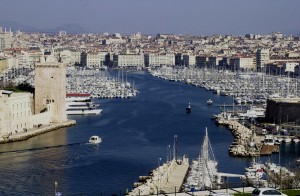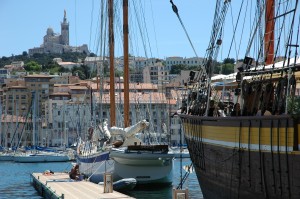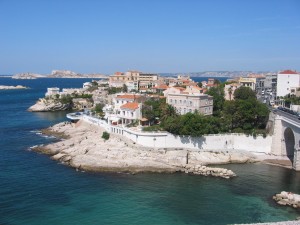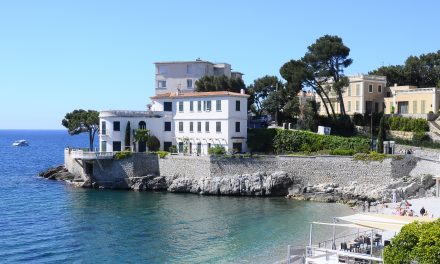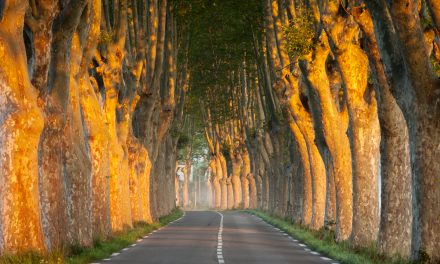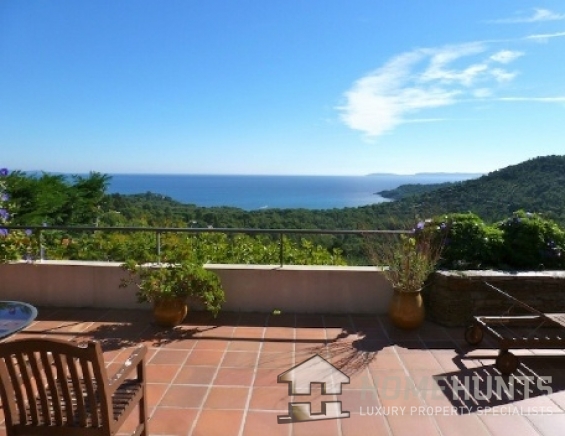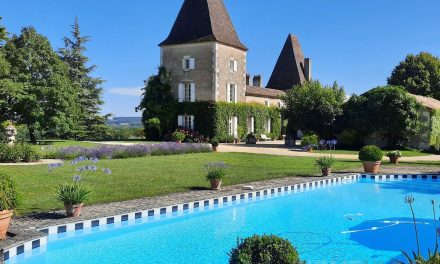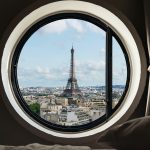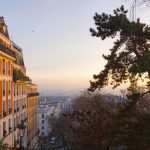
Marseille – From an ugly duckling to a beautiful swan!
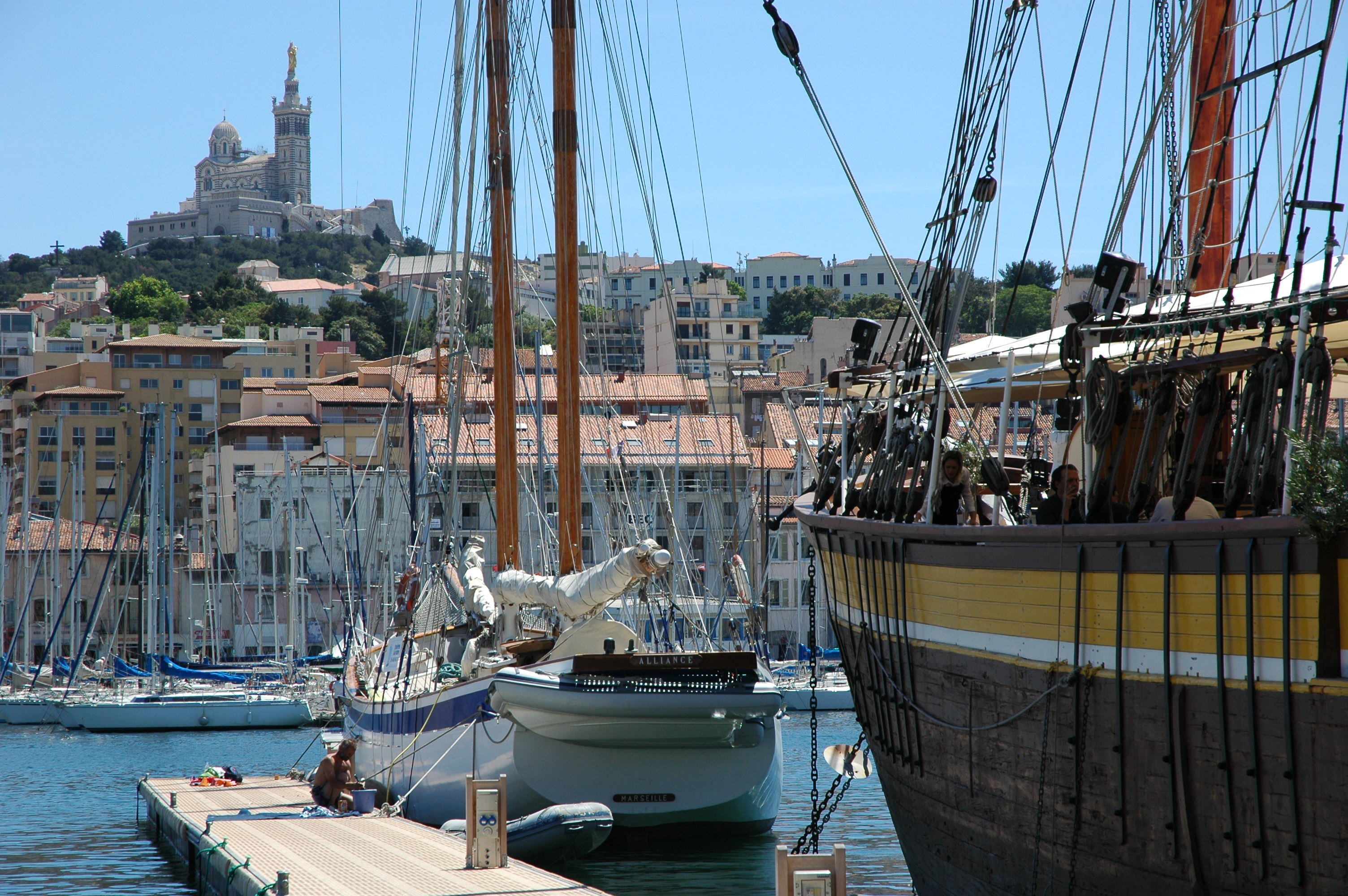
Some refer to Marseille as “earthy” others, less tactfully, talk about the city as a “maritime workhorse” or even an “industrial brute”. This is the reputation that Marseille, France’s second city, has enjoyed over the years.
While Cannes, Saint-Tropez and Nice, just a little further up the coast are renowned for their glamour, luxurious hospitality, super yacht marinas and high profile visitors, Marseille is more like Paris, but at the sea. France’s main trade seaport, which generates tens of thousands of jobs and billions of euros each year, is home to many immigrants from Algeria who have developed an African-French quarter, giving it a big city, multicultural feel.
Yet unlike Paris, over the years Marseille has been considered by many to be an “ugly duckling” – that is until now. Now as one of France’s most visited cities, an abundance of thriving SMEs and the elected European Capital of Culture for 2013, Marseille has finally transformed into a swan.
This is evident when you descend the steps of one of Marseille’s oldest and most beautiful sights Notre Dame de la Garde, and take in the breathtaking view of the city. The stunning ships in the Vieux Port, the sparkling sea to the horizon, busy beaches, uniquely-styled buildings and young, sophisticated individuals enjoying the gastronomy, nightlife and culture – it is evident in a flash that Marseille is changing.
For example, the Musée des Civilisations de l’Europe et de la Mediterranée (MUCEM) – an architectural masterpiece truly befitting of a 21st century museum – has been built into the 17th century Fort Saint-Jean. Inaugurated in June it is visual link between the city’s military past and its modern, contemporary future.
Marseille’s masterful regeneration is, in part, due to a €7 billion regeneration project called Euroméditerranée. Considered to be the largest urban renewal project in southern Europe, the project is regenerating a 480-hectare area to create a “city within a city”.
Joliette, a district by the port, has been completely transformed into an international, dynamic quarter with new housing, attractive public spaces and excellent transport links. Here, a new building for the Fonds Régional d’Art Contemporain Provence-Alpes-Côte d’Azur (regional contemporary art fund) has been designed by architect Kengo Kuma – who is also designing the new Victoria & Albert Museum in Scotland – which brings modernity, energy and tremendous light into the heart of Marseille.
The transformation of the city’s Saint Charles area began with the TGV station in 2001, but the area all around the station is being renovated to create a multi-modal hub with plane, tram, rail, subway and highway connections. The Belle de Mai district has seen a redevelopment of the area’s old tobacco factories. Today it is a creative hub and devoted to audio-visual, multimedia and digital innovation.
The project is also developing nearly three miles of waterfront that will create a completely new skyline for the city. Here, the esplanade of the once-abandoned J4 pier is now home to one of the most impressive sights in the centre: architect Stefano Boeri’s Villa Méditerranée. Other new, modern additions include the Musée Regards de Provence, a new art museum that has been set up in a former abandoned health centre.
Marseille, France’s oldest city – founded in 600BC by the Greeks – has also become country’s most surprising city. And, as a result, it will likely become one of the most desirable places to live in France – if it isn’t already.





